 Faraday's law gives the magnitude of the EMF induced due to a change in flux. Lenz's law tells us the direction.
Faraday's law gives the magnitude of the EMF induced due to a change in flux. Lenz's law tells us the direction.
Key Concepts
Lenz's law states that the direction of the induced current is such that it will oppose the change producing it. This means that we can now state the equation for the induced EMF:
\(\varepsilon =-{\mathrm{d}N\Phi\over \mathrm{d}t}\)
- \(\varepsilon \) is the induced EMF (V)
- \(N\Phi\) is the magnetic flux linkage (Tm2 or Wb)
- \({\mathrm{d}N\Phi\over \mathrm{d}t}\) is the rate of change of magnetic flux linkage (Tm2s-1 or Wb s-1)
Lenz's law has implications for any instance of electromagnetic induction. There are two mechanisms for determining the direction of the EMF:
- Consider the direction in which individual moving charges experience a force. This is directed by Fleming's left hand rule.
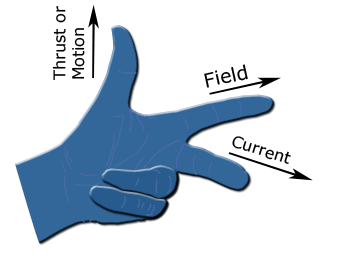
- Consider the direction in which EMF is induced by a conductor moving relative to a magnetic field. The switch to the right hand rule incorporates the opposing nature set by Lenz's law.
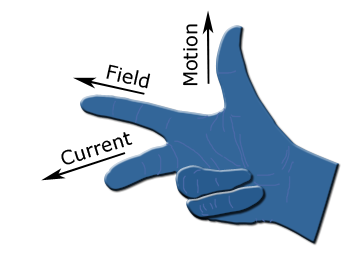
It can sometimes be difficult for learners to work out the EMF direction because of uncertainty in whether to consider individual charges or the whole of the conductor.
The good news is that there is a simple solution: since we know the consequence of Lenz's law is to oppose the change producing it, the resulting electromagnet formed will always:
- repel an incoming magnetic field
- attract an outgoing magnetic field
How much of Lenz's law have you understood?



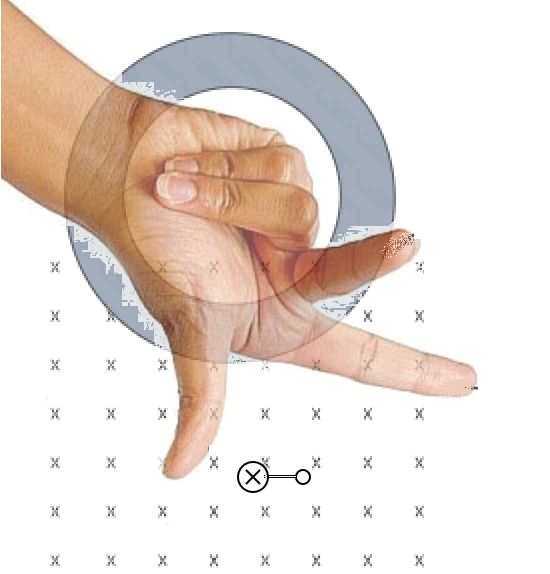
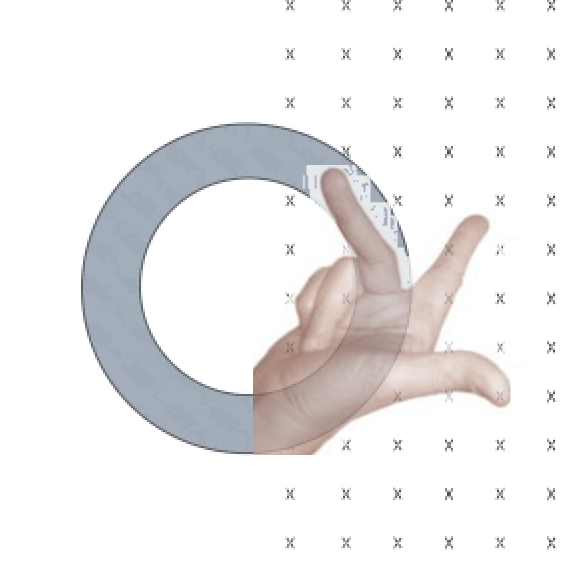


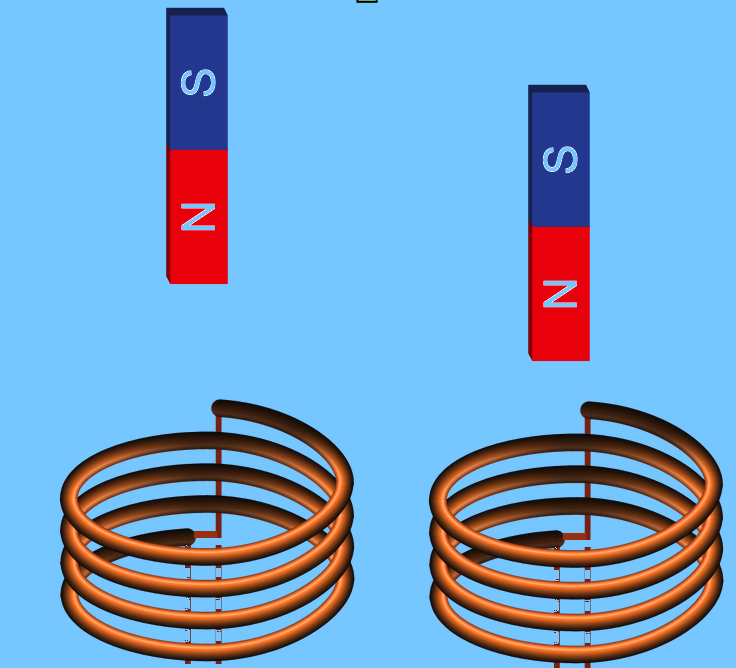
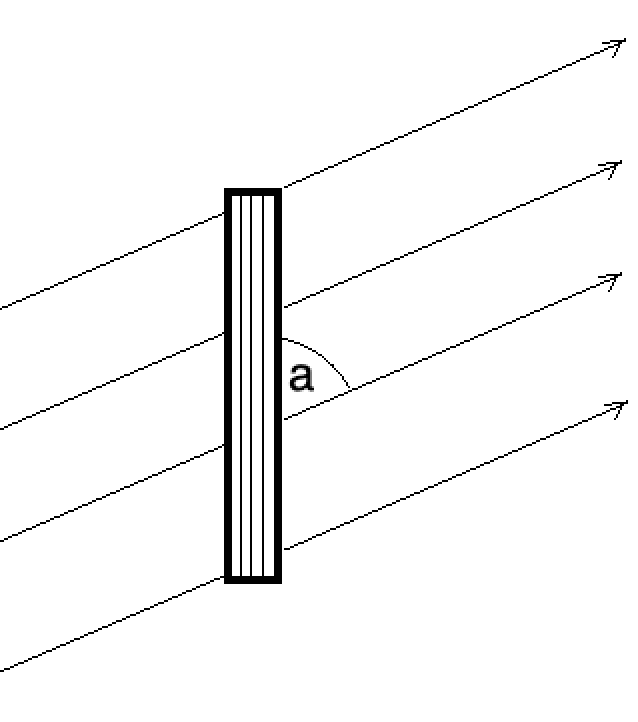
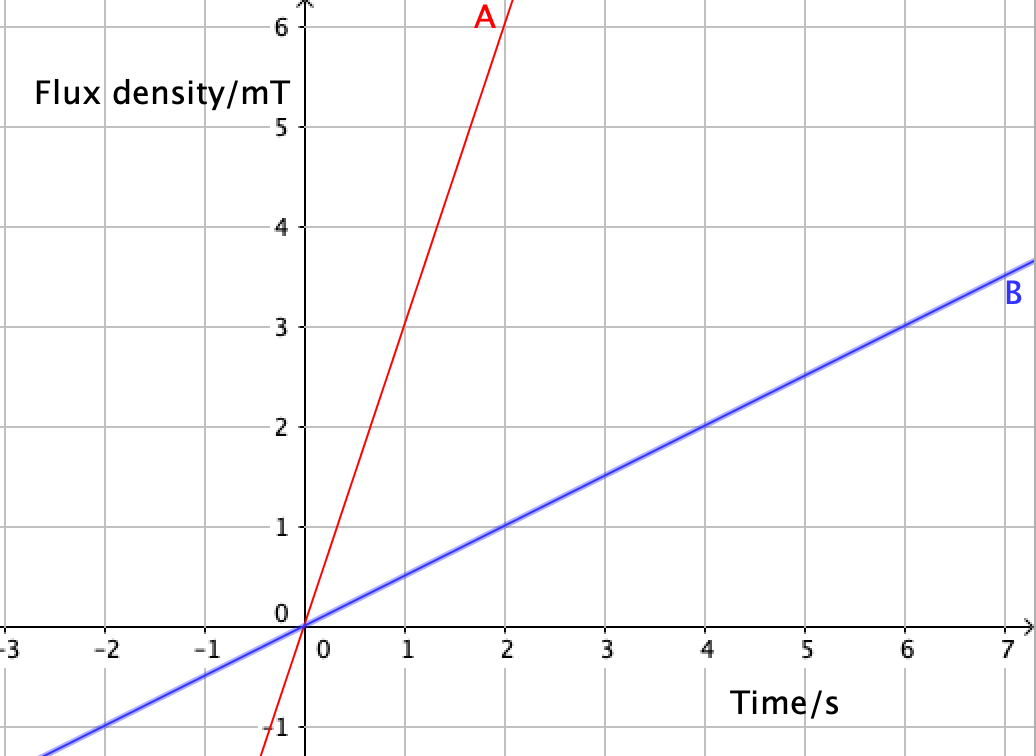

 Twitter
Twitter  Facebook
Facebook  LinkedIn
LinkedIn